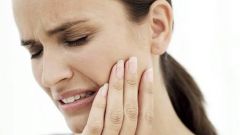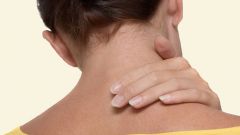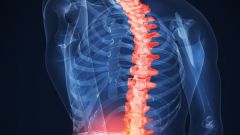You will need
- - gelatin;
- - dead bees;
- - the horizontal bar.
Instruction
1
To reduce the crunch in the spinal column take gelatin daily. Soak 3 grams of food gelatin 50 ml of warm boiled water, leave it to dry or dissolve. Take once daily, preferably before bedtime, for 30 to 45 days. This simple procedure significantly improves the condition of all joints and connective tissues of the body than would negate the crunch in the neck.
2
For the treatment of prepare a tincture of bee subpestilence. Take a glass of dead bees and the Gulf half a liter of vodka, put the dishes with the composition in a dark place for 21 days. Strain and squeeze through a double-cheesecloth biological substrate, pour in the can that store with no access to bright light. Take cooked medium teaspoon three times a day, diluted in 30 ml of boiled water, until the composition. After 4-5 months can repeat the course of treatment. The extract of bees, being a biological stimulator, contains a large number of chitin, which perfectly strengthens the connective and bone tissue.
3
Do a set of exercises aimed at stretching the spine and strengthening the muscles of the back, sustain spinal column. Start with simple exercises: circular movements with the pelvis, flexion-extension of the hands, stretching, etc.
4
With the strengthening of back muscles perform three basic exercises that will help to support the spine in a flexible state for a long time. These exercises: push-UPS, shallow squats and "Bicycle". In conclusion, compound exercises do vis on the bar for 30-50 seconds, which will stretch the spine and crunching will not be anywhere. Gymnastics should be simple and deliver an engaging training routines.
Note
The crunch in the neck is evidence of considerable degenerative changes in the spinal column and the next stage of development of this phenomenon is osteochondrosis of the cervical spine.
Useful advice
For strengthening and rehabilitation of the spine often it is recommended to take cranberry and lingonberry fruit drinks, jelly and jellies, dairy products containing large amounts of calcium, turnips, cabbage, beans, carrots and greens.









